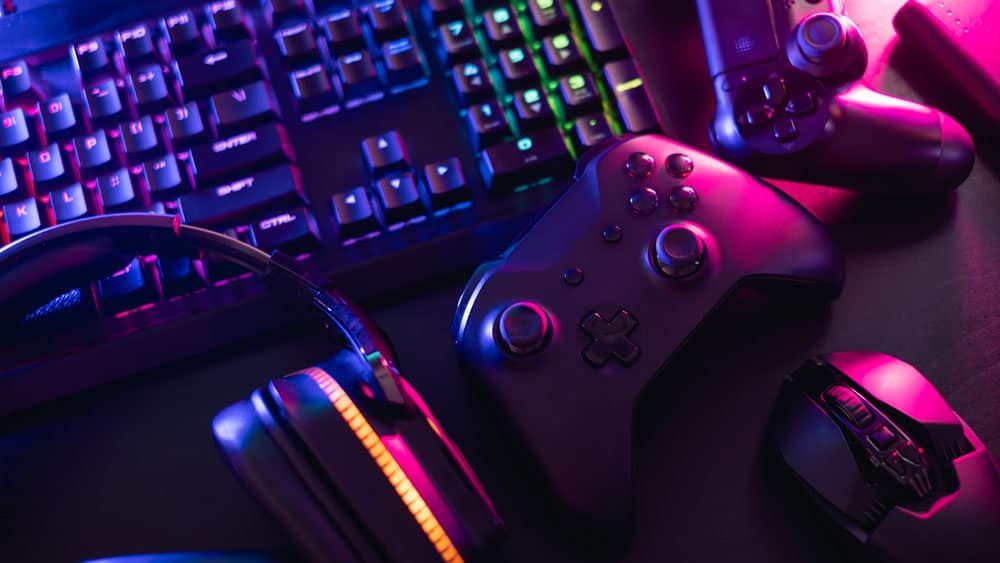“I was using Raspberry Pi 400, and I had a small problem with the placement of the GPIO,” he tells us. “I couldn’t reach it without turning the entire thing, and it would stop my workflow to plug things in. The lack of labelling on a breadboard is also a problem for me. I keep GPIO pinouts up on my walls, but that’s really just a patch, not a solution.”
Elijah also managed to spread out the GPIO pins in the process, retaining some ‘real-estate’ on the breadboard.
Hidden benefits
“While it does help me work faster, it would also help a beginner who does not know what GPIO pins are what, because it has a label on it,” Elijah reckons. “On top of that, it hides the T-connector under the breadboard, which saves pins one-to-three on each side of the breadboard. When there are only five pins that directly connect with the GPIO pins, every saved space counts.”
Apparently it also stops the whole thing sliding around a bit – the ribbon cable is stiff and has a habit of moving the breadboard around as it flexes and moves.
“The Ri fixes that by keeping the breadboard where a ‘numpad’ would usually be on a full-sized keyboard,” Elijah explains. “If the normal breadboard size is too small for the project that you are doing, you can always just swap it out for a bigger breadboard, because it used the standard side pins of the breadboard to hold itself to the 3D print.”
Now and then
While it’s helped Elijah with productivity, he isn’t finished with the project yet, and has some future plans for it.
“I plan to uncover the two vent holes by having the 3D print connect using the GPIO pins instead of clipping to the side of the board,” Elijah says. “Underpinned trays for a breadboard for Pico, [Raspberry Pi Zero] W, and [Model] B form factors are also planned for after the school year.”
If you want to make your own, Elijah has put the 3D model for the little underpinned holder up on Thingiverse.




Schreibe einen Kommentar
Du musst angemeldet sein, um einen Kommentar abzugeben.